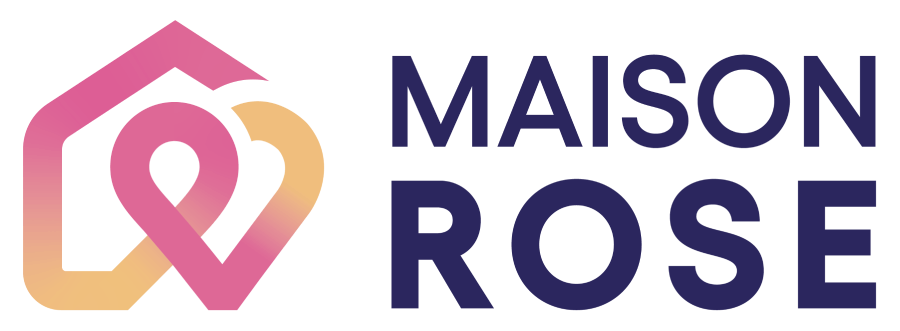At the age of 50 (and every two years thereafter), all women in Quebec receive a letter in the mail inviting them to take part in the Québec Breast Cancer Screening Program (QBCSP). Services are offered throughout Quebec.
The originality of the Québec Breast Cancer Screening Program is that, in addition to giving women all the information and telephone numbers they need to make an appointment, the letter is actually a prescription. This allows women to schedule a screening mammogram directly.
Quebec Ministry of Health and Social Services
The number of breast cancer cases is higher for women in the 50 to 69 age group. In fact, the majority of breast cancer cases occur in women 50 years of age and older. The main health authorities, including the Quebec Breast Cancer Foundation, therefore recommend that women aged 50 to 69 have a mammogram every two years.
If you are under 50, your doctor may still recommend you have a mammogram at regular intervals because your personal risk is above average. Talk with your doctor about your risk factors and the pros and cons of having a mammogram at your age.
If you are 70 years of age or older, ask your doctor how often you should have a mammogram.
What’s a mammogram?
A mammogram is a low-dose x-ray of breast tissue that generates detailed views from different angles. Here’s how the exam is done. It often takes less than a minute.
You will stand in front of the mammography machine, and each of your breasts will be placed and flattened between two plastic compression plates. This technique creates clear images and minimizes the radiation used. Although it might be a bit uncomfortable, you must remain still while the images are taken.
Advantages and disadvantages of mammography
Possible discomfort and pain
- Some women may find the breast compression during the mammogram uncomfortable or even painful.
- However, this lasts only a few seconds. The compression itself cannot cause breast cancer. If a tumour is already present, it cannot accelerate its growth or spread.
- You can reduce the discomfort by following the advice in the “Preparing for a mammogram” section below.
- And, if you are very uncomfortable, be sure to tell the radiologist before the mammogram so they can adjust the compression.
Benefits of mammography
Whatever the discomfort, remember that a mammogram every two years could save your life: studies have shown that it reduces breast cancer mortality in women aged 50 to 69.
The following table illustrates the major differences in breast cancer incidence and mortality among women who do and do not participate in screening.
| Estimated effects on women over 20 years | Per 1,000 participants in the screening program | Per 1,000 non-participants |
|---|---|---|
| Number of women who will have at least one complementary exam over the 20 years (ranging from an additional mammogram to biopsy) | 453 | 297 |
| Number of confirmed cancers (screening detects an additional 23 breast cancers) | 77 | 54 |
| Number of women who will die from breast cancer (7 fewer breast cancer deaths among screening participants) | 13 | 20 |
| Number of women who were treated for breast cancer but whose lives would not have been at risk without treatment (over-diagnosis) | 10 | 0 |
Although imperfect, mammography is the most reliable screening method.
Note that no cancer screening test, including mammography, is infallible. For example, a mammogram could show cancer that actually isn’t there (that result would be a “false positive”). Conversely, a mammogram might not detect real cancer cells that actually are there. Although studies are underway to improve the sensitivity of mammography, overall, mammography is the most widely recognized and reliable method for detecting breast cancer. Research has shown that women who have regular mammograms are less likely to get false positive results.
Recommendations of mammogram frequency
It is possible for breast cancer to start developing in the two years between mammograms. However, regular breast observation increases women’s chances of the cancer being detected before the next mammogram. When we adopt this best practice, we also increase the chances of finding the cancer when it’s still small and therefore easier to eliminate.
Generally, the earlier a cancer is detected, the better the prognosis (lien vers dépistage précoce).
Preparing for a mammogram
It is best to have a mammogram in the 7 to 10 days after your first day of menstruation, when the breasts are less sensitive.
Avoiding caffeinated foods and drinks (don’t forget about soft drinks and chocolate!) in the five to seven days before the mammogram may reduce the discomfort of the exam.
Before the mammogram, do not use deodorant or antiperspirant, body lotion or talcum powder on your armpits or breasts. Also, wear a top that can be easily removed. Avoid necklaces and bulky jewelry.
Where to go for a mammogram in Quebec
If you are between the ages of 50 and 69, you will receive a letter from the Québec Breast Cancer Program inviting you to take this exam free of charge at one of the 93 designated screening centres. Click here for the name and contact information of the designated screening centre nearest you. https://www.quebec.ca/sante/conseils-et-prevention/depistage-et-offre-de-tests-de-porteur/programme-quebecois-de-depistage-du-cancer-du-sein/
Furthermore, a woman who is not eligible for or doesn’t participate in the Program can get a prescription from her doctor to have a mammogram.
For more information about mammography, visit:


